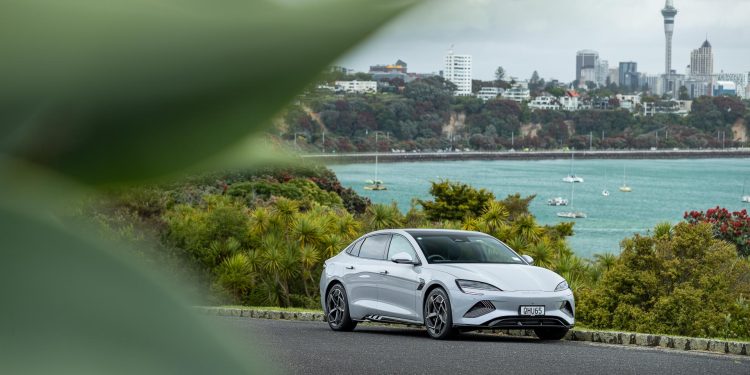2023 BYD Seal Performance review
Words: Kyle Cassidy | Photos: Isaac Western
BYD adds the Seal to its growing range. Does this sleek-looking sedan have the goods to worry the established players?
BYD is storming up the ranks for vehicles sold here, finishing last year in 12th spot, outselling the likes of Honda.
That’s not bad given it had just one vehicle to sell for the majority of the year, though the Government subsidies helped push its electric wares.
Those are now gone, the market back to a level playing field. But that shouldn’t worry BYD when it comes to its new Seal, for it’s well positioned.
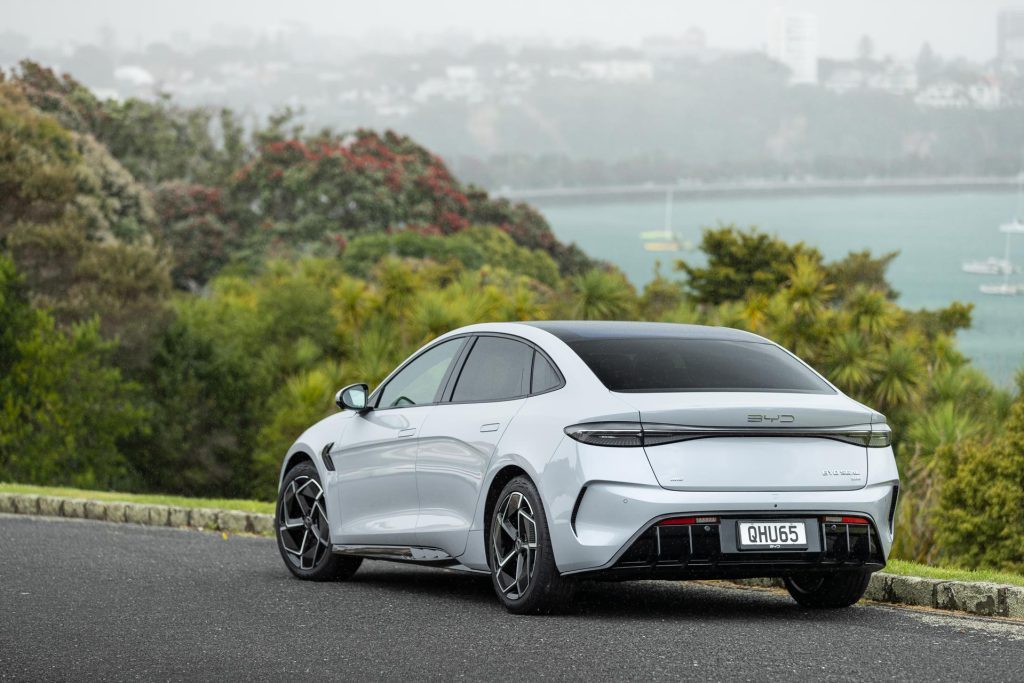
There are three Seal species, starting at $62,990 for the Dynamic. This gives you a 61kWh battery, up to 460km of range and output of 150kW and 310Nm. Following the BYD mantra the Dynamic might be the entry level but it is well specified.
There’s a step up to the Premium with an 82kWh battery and a driving range of up to 570km. It’s rear-wheel drive too but its motor produces 230kW and 360Nm, and it comes in at $72,990.
What we have here is the $83,990 Performance which has the same battery but the outputs total 390kW and 670Nm thanks to an additional motor up front, enough to propel it to 100 km/h in a claimed 3.8 seconds.
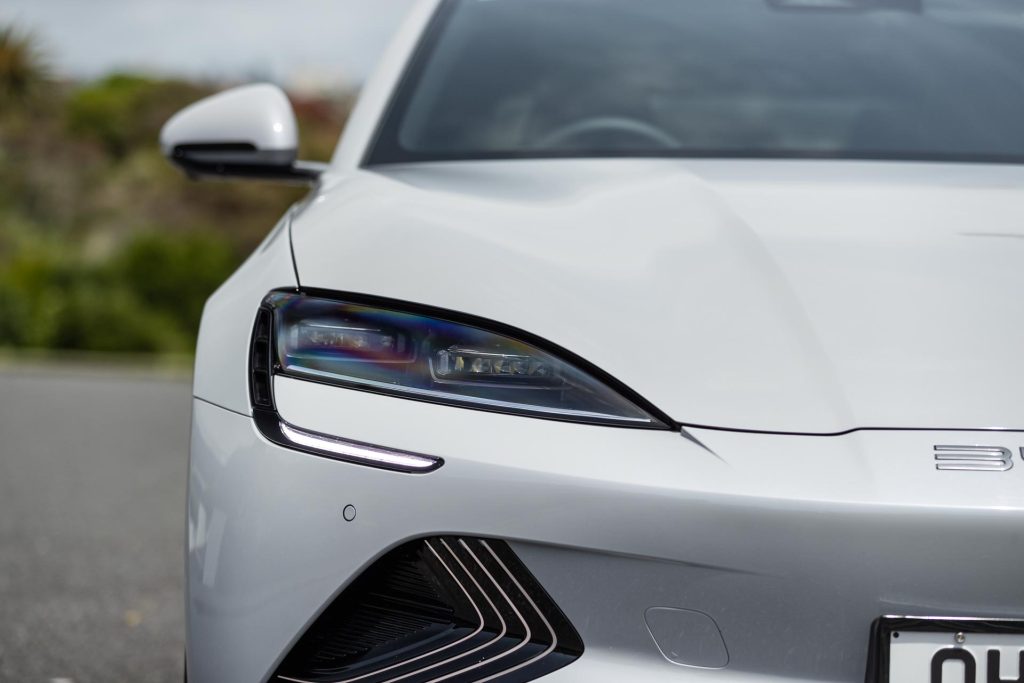
From the sea
Seal is part of BYD’s ‘Ocean Series’ and so some of its curves are meant to remind of waves in motion.
Other styling details include subtle fin motifs and do those faux vents on the front guard look a bit like gills? Maybe they should have saved those for the BYD Shark.
And is Seal the best name for the car that is supposed to be the brand’s most dynamic offering to date? Pinnipeds tend to lumber about when on land, though are sleek and agile when in the ocean, so maybe that’s what they were angling at.
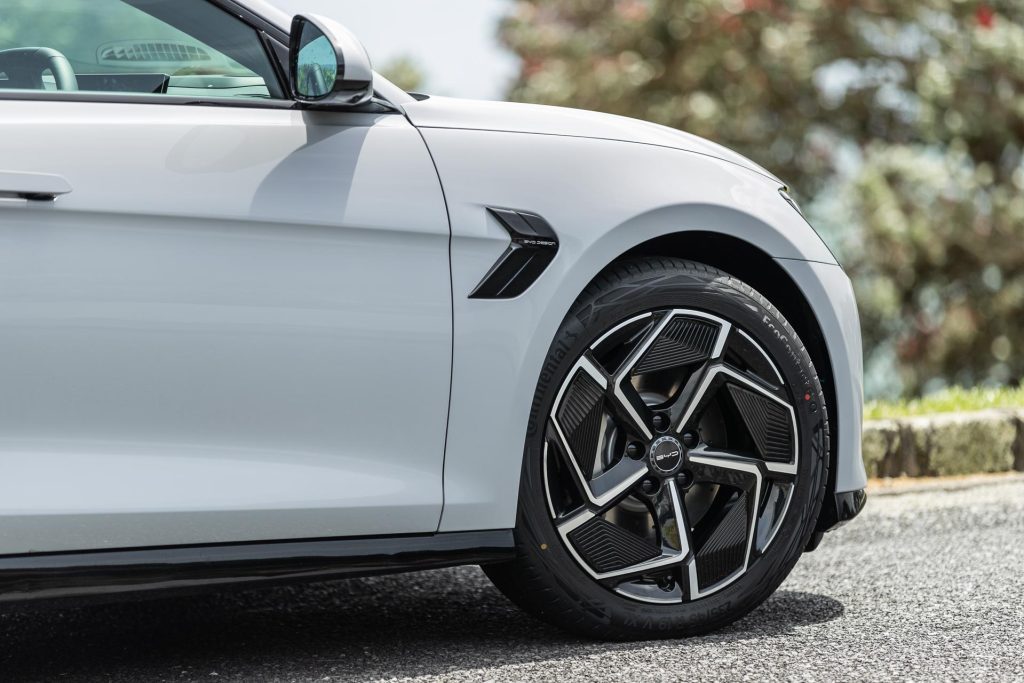
Seal sits on the same e-Platform 3.0 as the Atto 3 and Dolphin, though the flexible nature of modern electric architectures means the Seal has its motor on the rear axle and, in the case of the Performance, an extra one up front.
The Seal adds Cell to Body tech, meaning the battery pack cover is better integrated with the floor structure, helping improve both rigidity (good for ride and handling, as well as impact strength) and packaging.
The latter allows it to carry a big battery underneath and retain a sleek, low lying roofline.
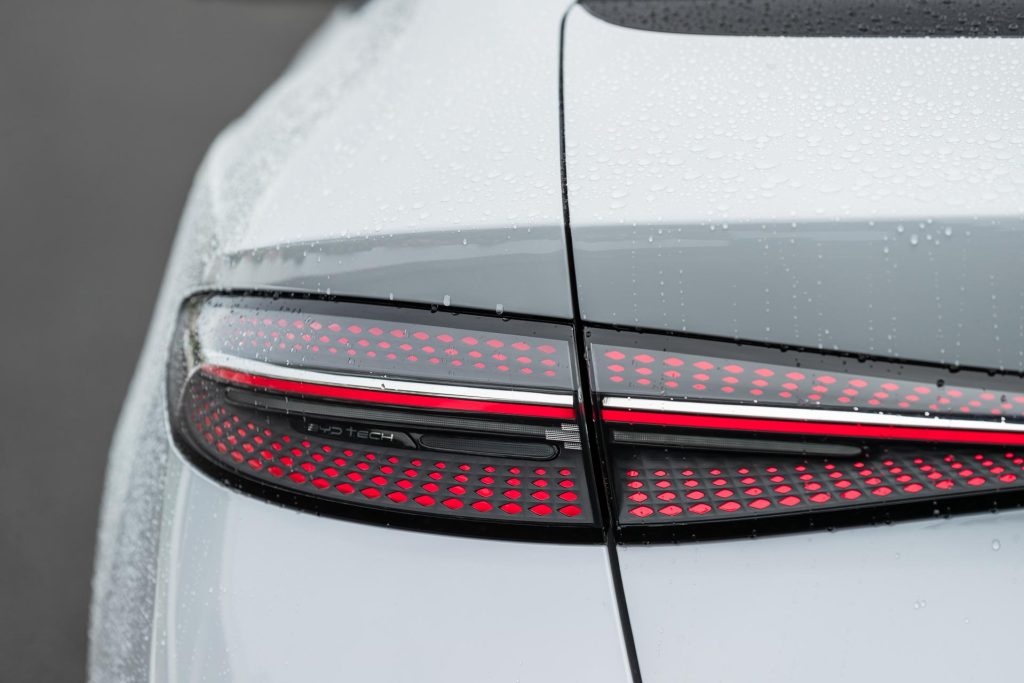
Sane inside
After the arresting cabin design of the BYD Atto3, most will be pleased to find a more conventionally styled dash in the Seal, and a more restrained colour palette. And yet it’s still rather interesting.
The cabin linings are quality, and there’s a cohesive variety of them while plastics are kept to a minimum.
The fact that the curve of the dash doesn’t sit flush where it meets the door grates, however. Hopefully the person responsible has been fired.
The Seal takes more of a conventional approach to operations. There’s a stop/start button, for instance, an easy-to-use gear selector and a smattering of switches. The centrepiece is the giant swivelling touchscreen, master of the commands.
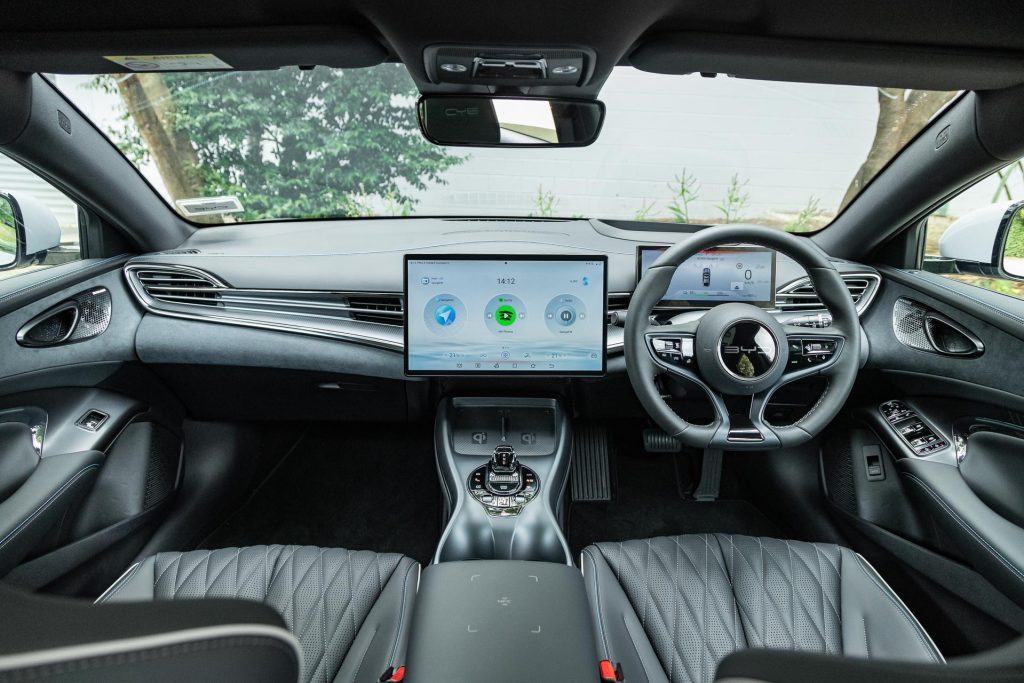
Familiarity helps navigation; once you are used to the arrangement of the menus and you’ve set up some shortcuts it’s fairly easy to use.
Some touchpoints are a bit small given the sheer size of the screen, and still some functions require one too many taps to get done. Ventilation is also controlled via the touchscreen, including the directional flow of the air vents.
The blower is quite noisy once past half way, and we found the cabin heats up quickly because of the glass roof.
The driver display offers a couple of different views, all the info you need displayed right in front of you (except the sat nav directions), while being supplemented by a head-up display.
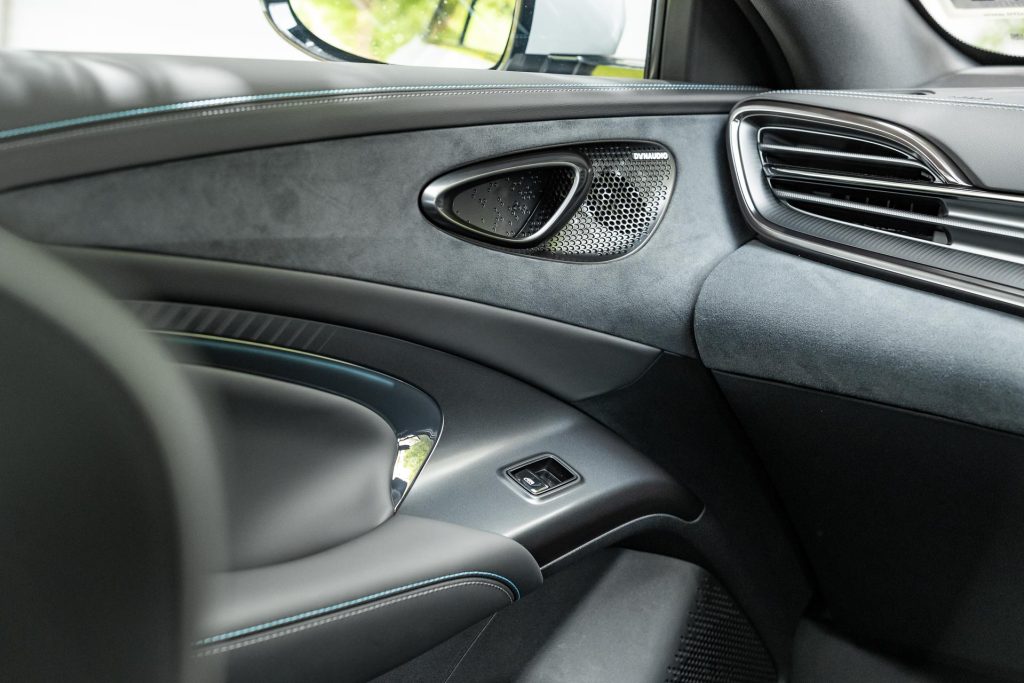
The 12-speaker system sounds pretty good, though audiophiles won’t appreciate the lack of adjustment and the radio reception isn’t strong. There’s no fighting over charge pad usage, as there are two of them.
Smooth as fur
Adaptive suspension is not offered but the Performance model gets variable frequency dampers. These have a tricky arrangement of valves that helps vary the damping force relative to the inputs.
These are more compliant when they experience a higher frequency of bumps but when loaded up in a cornering situation, the damping is higher to help reduce roll.
We expected the Performance model to have more of a sporting ride, but it’s rather refined, absorbent, and over a variety of road surfaces too.
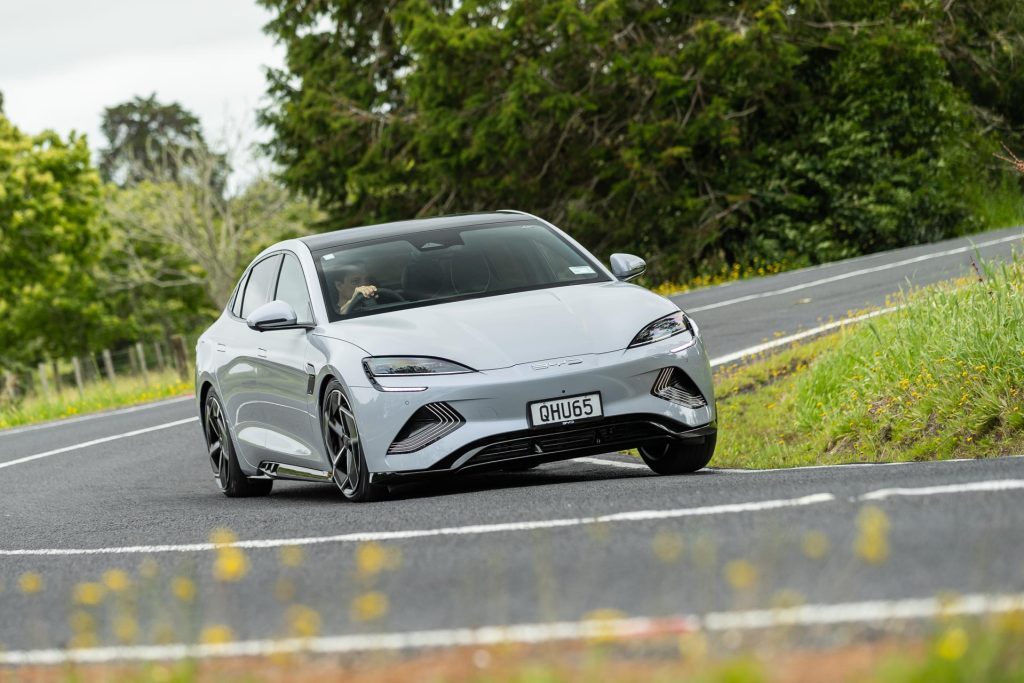
This is a model of smoothness, which adds to the quality feel of the car. There is some road noise on our coarse chip highways but otherwise it’s quiet, motor noise non-existent.
This Seal is quick too, yet subtly so. We were a tenth off its 3.8sec 0-100km/h claim, but 3.9sec is still plenty fast enough. It doesn’t bolt off the mark but gathers speed efficiently.
It rolls on rapidly, yet doesn’t quite deliver the head snapping acceleration of other sub-four-second electrics. It’s more likely the tuning of the throttle; even in Sport mode it requires a full extension of the right foot to the firewall to really get hiking.
It’s better to think of this as a quick GT than a genuine sports sedan.
This Seal has BYD’s iTAC (Intelligent Torque Adaption Control) to manage the dispersal of the Newtons at each end, the ultimate goal being to keep you flowing smoothly in your intended direction.
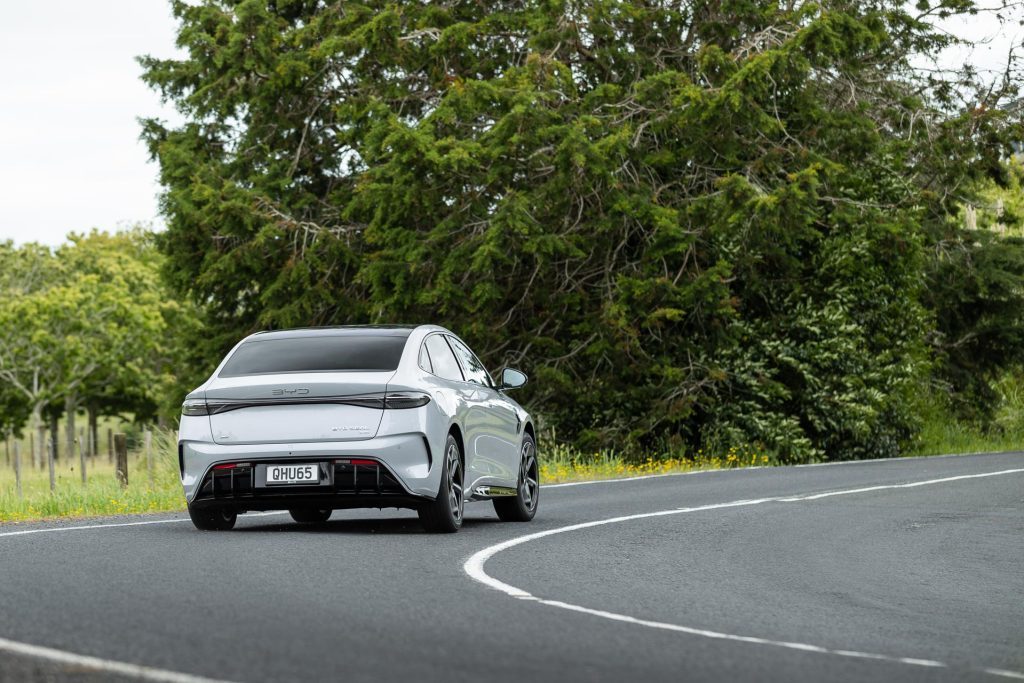
This it does quite well though you can detect it working away. You can’t with the best systems but they tend to be Euros costing many times more. The steering is okay, responsive and well assisted, though is lacking real connection.
The car doesn’t settle quickly enough over dips and dives, and it doesn’t quite contain weight transfer through trickier corners, especially at the rear.
It’s better when you’re smooth, rather than continually trying to push it around, and then it impresses with its quick yet effortless progress.
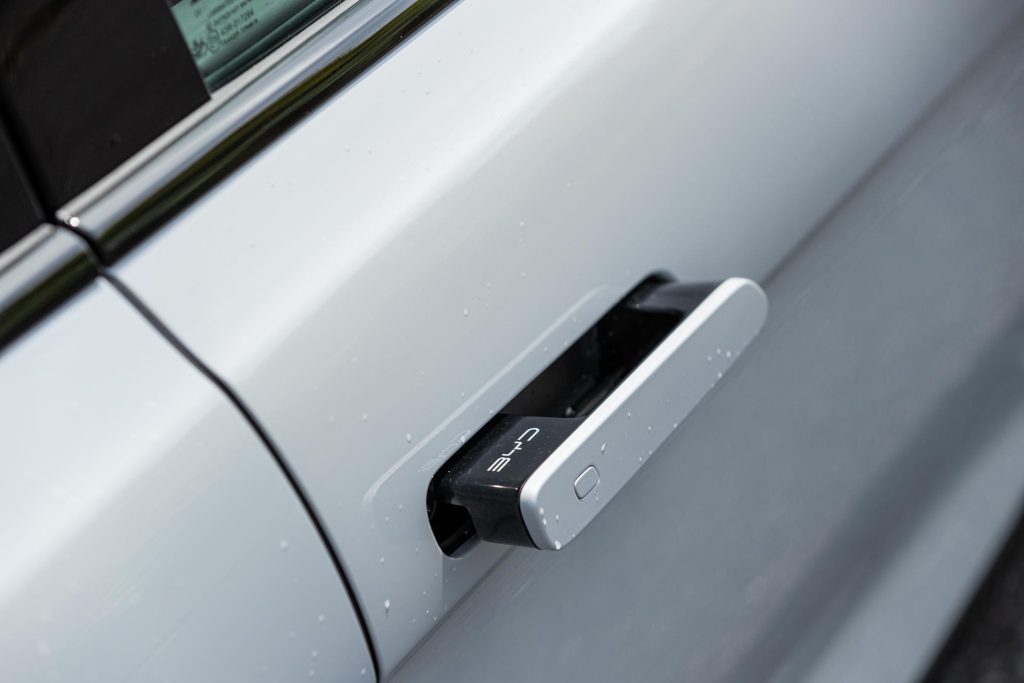
An EV executive
This is a great example of what used to be called ‘executive class cars’. The seats look overtly sporty but are particularly comfortable, the padding soft, so too the bolsters.
They offer good adjustment, and are heated and ventilated. The Seal is another car that’s hard to judge the extremities of (the mirrors are small too) but there is a top notch around-view camera system to help you out, with its own wheel-mounted button to bring it online quickly.
The Seal is a refined commuter, which lends more weight to its powerful GT status. The ride quality is always good, the steering easy and the turning circle okay too.
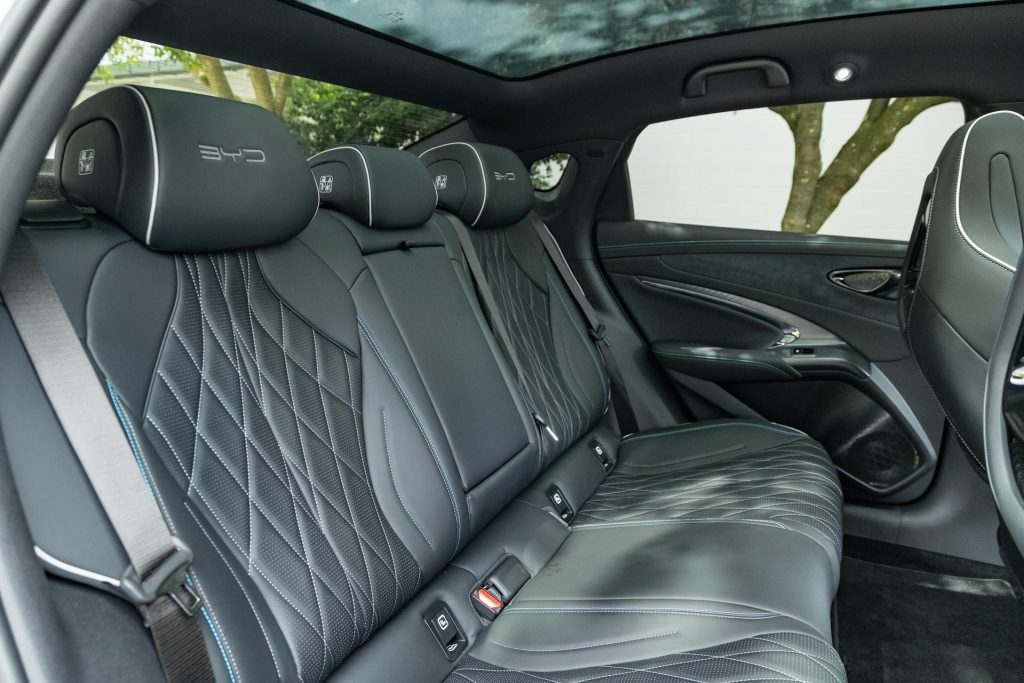
And there’s always scads of easy squirt. The ability to change up the motor regen more easily would be nice, and to have more options, including a full one-pedal drive mode.
The speed sign recognition needs localising; it thinks highway numbers are speed limits, and the voice that declares ‘you are over the limit’ will hopefully get silenced in an OTA update.
The lane departure system is best switched off on highway thoroughfares, while the self-steering lane assistant aspect of the active cruise could be smoother but the rest of the systems work as intended.
There’s thoroughly good legroom in the rear, comfortable for a pair of adults. The boot has a tight opening, and isn’t particularly wide, offering 402L of space.
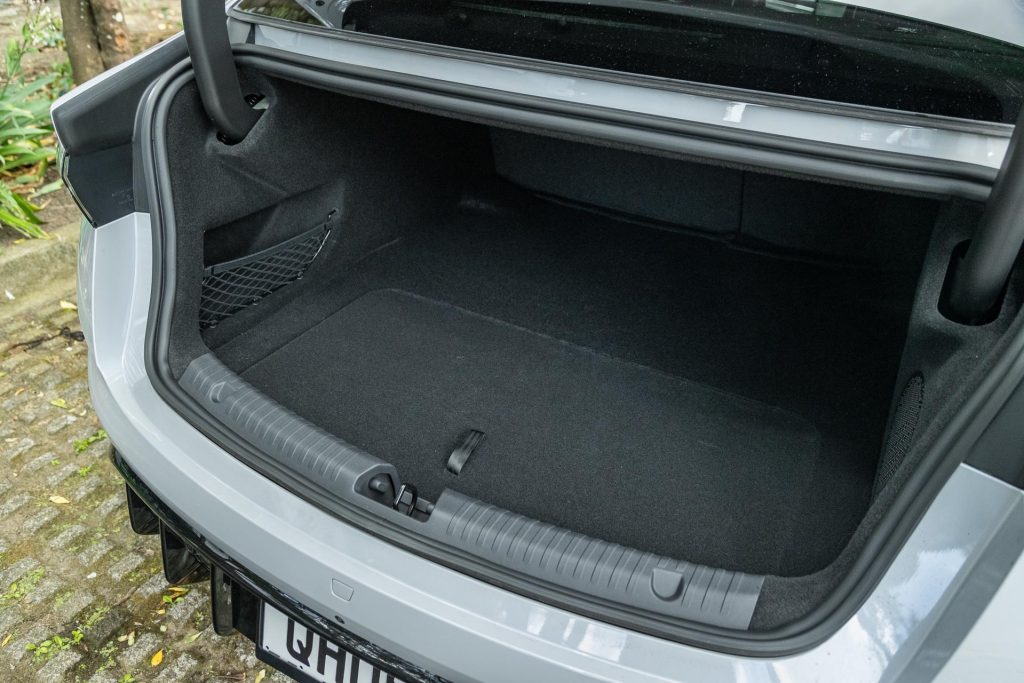
There is some useful real estate underneath and you can split fold the rear seat for added practicality. We’re not sure how useful the 53L froot is however.
Battery bits
The Seal uses the Blade Battery with its cobalt-free lithium iron-phosphate chemistry. As to charging, it can suck up to 11kW of three-phase AC power and 150kW DC.
We stuck it on a 150kW charger yet it only reached a maximum rate of 42kW. Blame the charger, it can happen apparently, whereas on a 75kW pump it managed to get up to 70kW, taking on 25kWh in 20min.
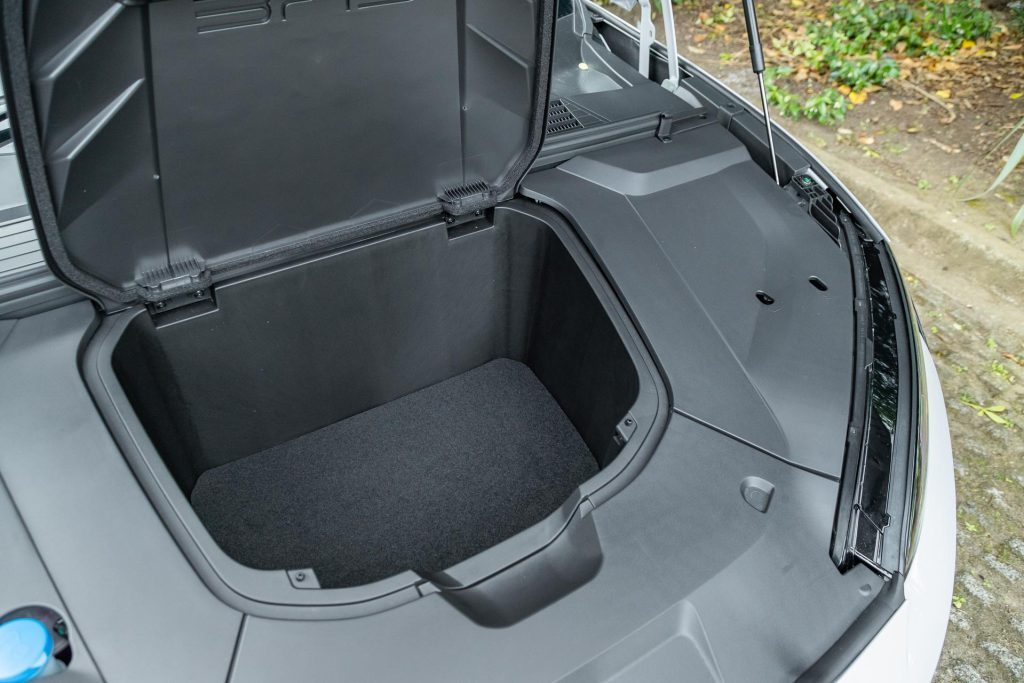
On the trickle charger, expect to add around 20 percent charge overnight (12 hours). As to consumption, it settled on 20.7kWh over 800km for us, including an Auckland to Raglan round trip, which used 70 per cent of the charge.
There’s a vehicle-to-load function providing 3kW of energy to power stuff while you’re out and about.
Rivals
As the local distributor says, BYD is not a ‘cheap brand’. But at $83,990, the top Seal is great value against the likes of the dual-motor Hyundai and Kia opposition.
However, the new Model 3 long range undercuts it and it’s a Tesla, appealing to the brand slaves.
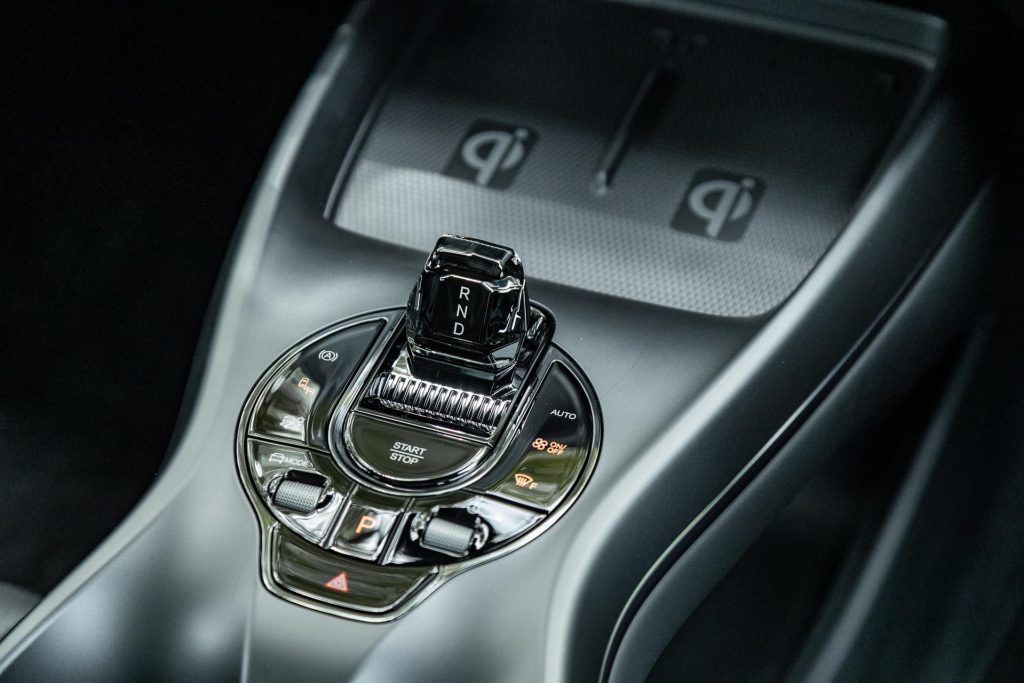
But the Seal is a polished package; comfortable, quick and well specified. We’d be keen to try the Dynamic, which could be the pick of the range, all things considered.
| Model | BYD Seal Performance |
| Price | $83,990 |
| Motor | 390kW, 670Nm |
| Battery | 82.5kWh net |
| Range | 520km |
| Drivetrain | single-speed auto, e-AWD |
| Energy Use | 18.2kWh/100km |
| C02 Output | 0g/km |
| 0-100km/h | 3.90sec |
| 80-120km/h | 2.63sec (76m) |
| 100-0km/h | 35.21m |
| Stability systems | ABS, ESP, TV |
| Safety | AEB, ACC, BSM, LDW, RCTA, ALK, AHB |
| Luggage capacity | 53-402L |
| Tow rating | 750kg (1500kg braked) |
| Service intervals | 12 months, 15,000km |
| Warranty | 6yrs, 150,000km |
| ANCAP rating | 5 Stars (2023) |
| Weight | 2185kg (claimed) |
This story first appeared in the February 2024 issue of NZ Autocar magazine.


